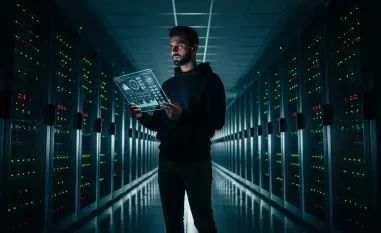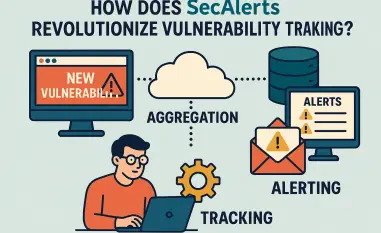The landscape of cybersecurity is continually changing, with 2025 marking an era where the sophistication and prevalence of digital threats challenge conventional defense mechanisms. Governments, businesses, and individuals are grappling with increasingly complex cyber threats seeking to compromise digital assets and infrastructure. This article gathers insights from various cybersecurity experts who provide invaluable perspectives on the evolving nature of threats, defense strategies, and the growing role of technology in keeping pace with these challenges.
Mapping the 2025 Cybersecurity Terrain
The reach and influence of cybersecurity have expanded significantly over time, forming the bedrock of global digital infrastructure protection. As threat actors advance their techniques, cybersecurity must evolve to counteract these efforts effectively. This section highlights key developments in the foundation of modern cybersecurity, emphasizing its critical role in safeguarding digital operations worldwide. Experts concur that understanding the evolution of both threats and defenses is essential to addressing current and future security challenges.
Decoding the New Threat Ecosystem
Sophistication in Cyber Offensives
Cyber threats have reached new levels of sophistication, exemplified by recent high-profile incidents that showcase novel offensive tactics. Among these were sophisticated identity attacks by known threat groups targeting organizations reliant on digital identities. As cybercriminals continue to innovate methodologies, detection and prevention become more challenging, prompting cybersecurity professionals to adapt quickly to stay ahead of adversaries. Although strategies vary, experts agree that keeping pace with offensive developments requires a blend of cutting-edge technology and agility in response protocols.
Shifting Defensive Tactics and Technologies
Defensive strategies are transforming in response to sophisticated attacks, with technological innovation at the forefront. Leading organizations have adopted successful defense mechanisms that include artificial intelligence and automation, establishing a robust first line of defense against threats. The cybersecurity arms race persists, with each sector vying to outpace the other—cybercriminals in deploying advanced techniques and security professionals in fortifying defensive measures. Experts highlight the importance of continuous investment in emerging technologies and collaborative defense strategies.
Navigating Global Cybersecurity Challenges
Cybersecurity challenges differ across regions, as varying threat landscapes and regional frameworks pose unique obstacles in crafting effective defenses. Industries such as finance and healthcare are particularly vulnerable, requiring tailored security approaches. The need for international collaboration and comprehensive regulation is increasingly paramount, as threats transcend geographical boundaries. In a globalized world, cybersecurity practitioners advocate for shared intelligence and regulatory alignment to bolster defenses against diverse threats.
The Role of Automation and Artificial Intelligence
Automation and artificial intelligence (AI) have become instrumental in bolstering cybersecurity operations, offering improved threat intelligence and rapid response capabilities. Organizations leverage these technologies to enhance their security measures and streamline operations. However, AI introduces potential risks and ethical dilemmas that must be carefully considered to avoid unintended consequences in cybersecurity practices. The consensus among experts is that while AI substantially enhances defensive measures, ethical frameworks must guide its deployment.
Building Resilient Cybersecurity Frameworks
Resilience in cybersecurity demands an understanding of evolving threats and proactive defenses. Experts emphasize the importance of establishing robust cybersecurity frameworks that integrate comprehensive threat management and utilize technological advances. Organizations must adopt best practices, such as continuous monitoring, adaptive risk management, and regular security audits to fortify their cybersecurity posture. Practical guidance revolves around embedding cutting-edge technologies into organizational security strategies to ensure defense readiness.
Embracing a Future of Cyber Vigilance
Amidst evolving cyber threats, vigilance is crucial to maintaining cybersecurity integrity. Experts reaffirm the need for continuous improvement and adaptation to remain resilient in the face of dynamic threats. This requires proactive measures by industry leaders and individuals alike, emphasizing accountability and engagement in guarding against potential cyber incidents. The collective wisdom points toward relentless vigilance and agile response mechanisms as essential components of effective cybersecurity strategies.
In summary, the digital age presents unprecedented cybersecurity challenges, making it imperative for stakeholders to adopt a proactive stance in defense strategies. Further exploration into emerging technologies, global collaboration, and ethical considerations is recommended to fortify defenses against the continually evolving cyber threat landscape.













